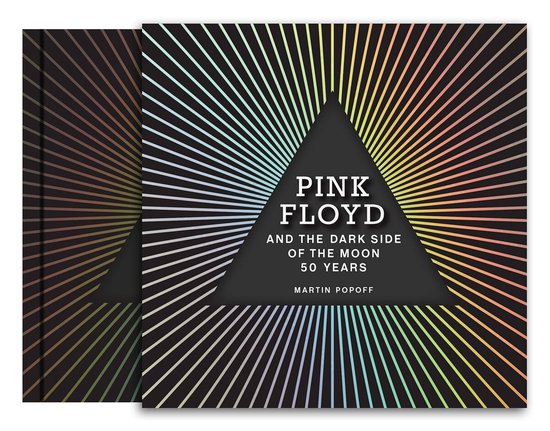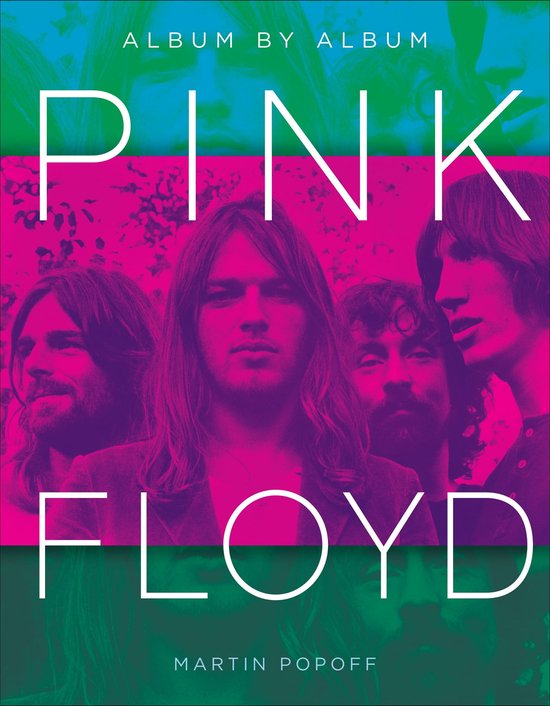
Roger Waters and Pink Floyd
This book combines literary and film criticism with musical hermeneutics and discourse analysis to illustrate how sonic information contributes to the detached listener’s interpretations of the discerning messages of Pink Floyd’s monumental recordings.
Beyond its elucidation and critique of traditional ‘notation-centric’ musicology, this book's primary emphasis is on the negotiation and construction of meaning within the extended musical multimedia works of the classic British group Pink Floyd. Encompassing the concept albums that the group released from 1973 to 1983, during Roger Waters’ final period with the band, chapters are devoted to Dark Side of the Moon (1973), Wish You Were Here (1975), Animals (1977), The Wall (1979) and The Final Cut (1983), along with Waters’ third solo album Amused to Death (1993). This book's analysis of album covers, lyrics, music and film makes use of techniques of literary and film criticism, while employing the combined lenses of musical hermeneutics and discourse analysis, so as to illustrate how sonic and musical information contribute to listeners’ interpretations of the discerning messages of these monumental musical artifacts. Ultimately, it demonstrates how their words, sounds, and images work together in order to communicate one fundamental concern, which—to paraphrase the music journalist Karl Dallas—is to affirm human values against everything in life that should conspire against them.
Beyond its elucidation and critique of traditional ‘notation-centric’ musicology, this book's primary emphasis is on the negotiation and construction of meaning within the extended musical multimedia works of the classic British group Pink Floyd. Encompassing the concept albums that the group released from 1973 to 1983, during Roger Waters’ final period with the band, chapters are devoted to Dark Side of the Moon (1973), Wish You Were Here (1975), Animals (1977), The Wall (1979) and The Final Cut (1983), along with Waters’ third solo album Amused to Death (1993). This book's analysis of album covers, lyrics, music and film makes use of techniques of literary and film criticism, while employing the combined lenses of musical hermeneutics and discourse analysis, so as to illustrate how sonic and musical information contribute to listeners’ interpretations of the discerning messages of these monumental musical artifacts. Ultimately, it demonstrates how their words, sounds, and images work together in order to communicate one fundamental concern, which—to paraphrase the music journalist Karl Dallas—is to affirm human values against everything in life that should conspire against them.
| Auteur | | Phil Rose |
| Taal | | Engels |
| Type | | Paperback |
| Categorie | | Mens & Maatschappij |





